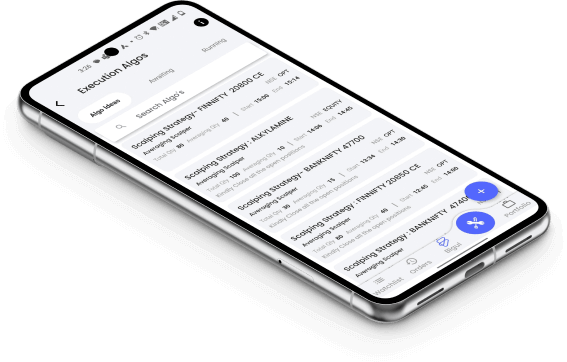Conclusion
Swing trading and day trading both types of trading had many differences. From the traders perspective intraday trading carries more risk compared to swing. However, day traders get more opportunities to capture the price fluctuations.
Swing traders are those traders who are not full time active in the market on a basis. These people track news and filter stocks of various criteria set by them based on their years of experience in the market.
Every individual has a different trading style and they work continuously to develop methods to identify the opportunities in the market. The trades are executed with a view of carrying it for a minimum of four to five days. However, if the trades did not work well, then traders must have an exit plan and take stop loss to protect their invested capital.
Swing Trading is a short term type of trading in which participants aim to capture the gains in an asset over a period ranging from two days to five days. However, intraday trading includes super-fast buying and selling in a single trading session. Whereas, swing traders hold positions for a little longer time to capitalize the swings of the market.
These swings occur when stock prices fluctuate between demand and supply zones, creating opportunities to buy low and sell high. Swing traders often rely on technical analysis, using charts and patterns to identify crucial entry and exit levels, while also managing risk through stop-loss orders.
Buying and selling shares from the stock market within a single trading day's hours is known as intraday trading, and the goal is to profit from a stock's increase in price that day. Because all positions must be closed before the market closes, an intraday trader does not carry over any open positions to the following day. If they are not, any broker will automatically close them and impose a penalty. This type of trading necessitates a deep understanding of technical analysis and market movements.
Swing traders and intraday traders often use technical charts, technical indicators and various patterns to identify the entry and exit positions for capitalizing the small or big price fluctuations.
Intraday trading provides many opportunities in a single day but every trades carries a high risk due to the frequent price fluctuations, which makes intraday trades more risky compared to the swing trades.
Intraday traders are considered to be an essential part of the stock market community as they bring proper liquidity to the market. Intraday trading can make a big profit if a trader succeeds in identifying the early reversal. However, every trade carries high risk which must be tackled with the risk management tactics to stay in the market for the long term.
Intraday trading, in general, demands much more skill compared to swing trading, as it is fast and generally calls for rapid decision-making. Intraday traders closely watch the movement of securities in the market and carry out trade during the same session with companies, on which they are mainly dependent on trading patterns and real-time information for their business. His ability to exercise emotional control, remain disciplined, and react swiftly to market changes is of utmost importance.
On the other hand, swing trading involves the trading of large spans of days or weeks, and there is liberal space for all the analysis and decisions. Although there is skill required for both approaches, usually it is the speed and accuracy required for intraday trading that makes it a bit harder.
Swing trading and day trading both types of trading had many differences. From the traders perspective intraday trading carries more risk compared to swing. However, day traders get more opportunities to capture the price fluctuations.

Supercharge your trading on the go with the Bigul Trading App! Download now for instant access to cutting-edge features, real-time insights, and unparalleled convenience.